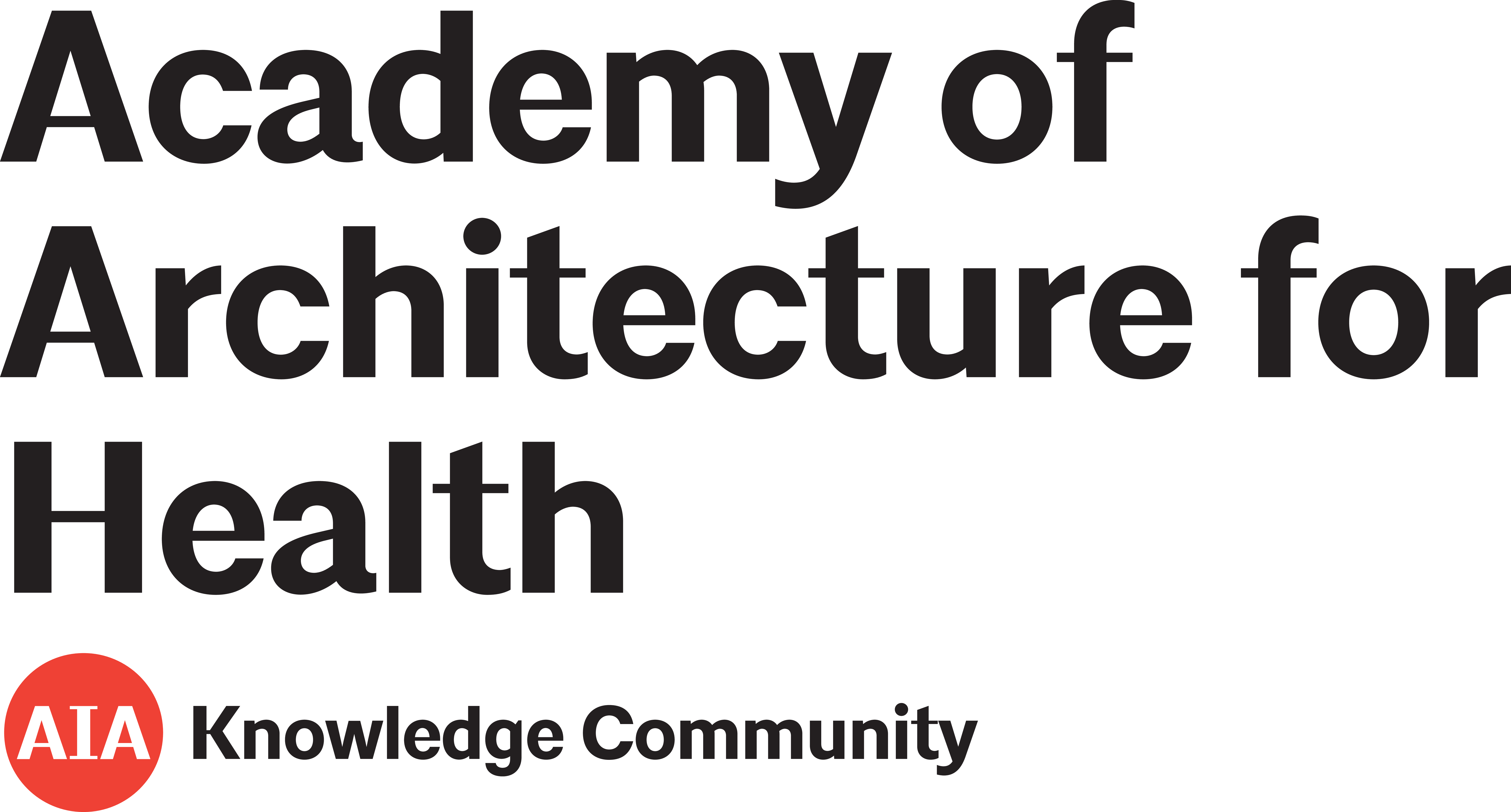The Impact of Bedside Technology on Patients’ Well-Being
2011
Health Environments Research & Design Journal
Journal Article
Issue 2
Volume 5
Pages 43-51
Author(s): Tanja-Dijkstra K.
The presence of wires, tubes, and monitors near the bedside may contribute to patients’ stress and anxiety. One of the trends in healthcare design is to organize the headwalls of patient rooms in such a way as to reduce clutter and minimize the visibility of medical equipment.
Added January 2016
Hospital Nurses’ Perceptions of Human Factors Contributing to Nursing Errors
2015
Journal of Nursing Administration
Journal Article
Author(s): Roth, C., Wieck, K. L., Fountain, R. & Haas, B. K.
This study built upon results from a previous study. The aim was to understand details about how human factors contribute to nursing errors.
Added January 2016
Building and Testing a Patient-centric Electronic Bedside Communication Center
2013
Journal of Gerontological Nursing
Journal Article
Issue 1
Volume 30
Pages 15-19
Author(s): Dykes, P. C., Carroll, D. L., Hurley, A. C., Benoit, A., Chang, F., Pozzar, R., and Caligtan. C. A.
This study builds upon previous research that demonstrated improved outcomes when patients had access to tailored information related to falls.
Added January 2016
How Can We Help Staff transition to a New NICU design?
2015
Journal of Neonatal Nursing
Journal Article
Issue 5
Volume 21
Pages 180-185
Author(s): Broom, M., Gardner, A., Kecskes, Z. , Kildea, S.
This article highlights the results of a literature review undertaken to identify transition strategies for staff who moved from an open plan unit layout to a single-room design (SRD) neonatal intensive care unit (NICU) layout.
Added January 2016
Destination Bedside
2012
The Journal of Nursing Administration
Journal Article
Issue 5
Volume 42
Pages 256-265
Author(s): Watkins, N., Kennedy, M., Lee, N., O’Neill, M., Peavey, E., DuCharme, M., & Padula, C.
Patient-centered care (PCC) has been at the core of healthcare reform. Improvements and advancements in Healthcare Information Technology (HIT), Electronic Health Records and inpatient unit layout have been some means that aim to achieve PCC. Also key to PCC is the alleviation of medical errors, which HIT and related technology can help achieve.
Added January 2016
Measuring the Use of Examination Room Time in Oncology Clinics: A Novel Approach to Assessing Clinic Efficiency and Patient Flow
2014
Journal of Oncology Practice
Journal Article
Author(s): Hamel, L. M., Chapman, R., Eggly, S., Penner, L. A., Tkatch, R., Vichich, J., Albrecht, T. L.
Inefficient use of time can drain resources and impede effective clinic flow. Long wait times in oncology units often result in higher costs for both caregivers and patients, while patients also tend to experience increased stress and reduced overall satisfaction with their treatment. Long wait times have also been shown to directly and indirectly reduce patient adherence to recommended treatments.
Added December 2015
Design, Operation, and Safety of Single-Room Interventional MRI Suites: Practical Experience From Two Centers
2015
Journal of Magnetic Resonance Imaging
Journal Article
Issue 1
Volume 41
Pages 34-43
Author(s): White, M. J., Thornton, J. S., Hawkes, D. J., Hill, D. L .G., Kitchen, N., Mancini, L., McEvoy, A. W., Razavi, R., Wilson, S., Yousry, T., Keevil, S. F.
Designing and operating healthcare spaces to accommodate magnetic resonance imaging (MRI) scanners presents a variety of challenges. These spaces are often populated with larger amounts of sensitive equipment than typical patient care units, while receiving a nearly equal amount of foot traffic.
Added December 2015
Metrics of circadian lighting for clinical investigations
2014
Lighting Research and Technology
Journal Article
Issue 6
Volume 46
Pages 637-649
Author(s): Barroso, A., Simons, K., Jager, P. de
Added December 2015
Evaluation of Smart Phones for Remote Control of a Standard Hospital Room
2014
Wireless Personal Communications
Journal Article
Issue 2
Volume 75
Pages 1005-1013
Author(s): Newman, K. E., Blei, M.
Added December 2015
Modeling infection risk and energy use of upper-room Ultraviolet Germicidal Irradiation systems in multi-room environments
2015
Science and Technology for the Built Environment
Journal Article
Issue 1
Volume 21
Pages 99-111
Author(s): Noakes, C. J., Khan, M. A. I., Gilkeson, C. A.
Added December 2015
Role of healthcare apparel and other healthcare textiles in the transmission of pathogens: a review of the literature
2015
Journal of Hospital Infection
Journal Article
Issue 4
Volume 90
Pages 285-292
Author(s): Mitchell, A., Spencer, M., Edmiston, C.
Added December 2015
Energy Efficiency in Hospitals: Historical Development, Trends and Perspectives
2015
Energy Performance of Buildings: Energy Efficiency and Built Environment in Temperate Climates
Book Section
Author(s): Papadopoulos, A. M., Boemi, S.-N., Irulegi, O., Santamouris, M.
Added December 2015
Artifacts and collaborative work in healthcare: methodological, theoretical, and technological implications of the tangible
2005
Human-Centered Computing in Health Information Systems. Part 1: Analysis and Design
Journal Article
Issue 1
Volume 38
Pages 26-33
Author(s): Xiao, Y.
Added November 2015
Copper surfaces are associated with significantly lower concentrations of bacteria on selected surfaces within a pediatric intensive care unit
2016
American Journal of Infection Control
Journal Article
Author(s): Schmidt, M. G., von Dessauer, B., Benavente, C., Benadof, D., Cifuentes, P., Elgueta, A., Duran, C., Navarrete, M. S.
Hospital-acquired infections (HAIs) plague hospitals around the world. The authors note that patients in ICUs, particularly those in pediatric and neonatal ICUs, are more susceptible to contract an infection from the clinical environment because of factors like the patient’s illness and the use of invasive medical devices, etc.
Added November 2015
Centralized to hybrid nurse station: Communication and teamwork among nursing staff
2015
Journal of Nursing Education and Practice
Journal Article
Issue 12
Volume 5
Pages 34-41
Author(s): Zhang, Y., Soroken, L., Laccetti, M., Castillero, E. R. d., Konadu, A.
Nursing stations often act as the primary workspaces for various members of a healthcare team while patients aren’t being directly worked with. Centralized nursing stations can lead to higher rates of telephone and computer use and administrative tasks while decreasing time spent caring for patients. Conversely, decentralized nursing stations have been found to create feelings of isolation and poor communication among staff. To emphasize the positive aspects of both formats, the authors propose a hybrid nursing station design that features decentralized stations connected to centralized meeting spaces.
Added October 2015
The role of building design and interiors in ageing actively at home
2015
Building Research & Information
Journal Article
Issue 5
Volume 43
Pages 582-601
Author(s): Ahrentzen, S., Tural, E.
Added October 2015
Intervention to Lower Anxiety of 18F-FDG PET/CT Patients by Use of Audiovisual Imagery During the Uptake Phase Before Imaging
2012
Journal of Nuclear Medicine Technology
Journal Article
Issue 2
Volume 40
Pages 92-98
Author(s): Vogel, W. V., Valdés Olmos, R. A., Tijs, T. J. W., Gillies, M. F., van Elswijk, G., Vogt, J.
PET (positron emission tomography) is a method for imaging functional processes in the body. Many patients undergoing PET experience high levels of anxiety throughout the procedure. High patient anxiety can affect hospital workflow and overall patient experience, and can cause false-positive uptake of 18F-FDG, a necessary biomarker that is administered to patients via injection and detected by PET scanners in order to render images. 18F-FDG uptake can occur in both muscles and brown adipose tissue (BAT).
Added September 2015
Centralized and Decentralized Nurse Station Design: An Examination of Caregiver Communication, Work Activities, and Technology
2007
HERD: Health Environments Research & Design Journal
Journal Article
Issue 1
Volume 1
Pages 44-57
Author(s): Gurascio-Howard, L., Malloch, K.
Patients need to be close to a nurse (RN) for easy access to care and to save travel time. Centralized nurse stations are placed in one location to serve a group of patient rooms.
Added August 2015
From “Baby Barn” to the “Single Family Room Designed NICU”: A Report of Staff Perceptions One Year Post Occupancy
2010
Newborn and Infant Nursing Reviews
Journal Article
Issue 2
Volume 10
Pages 97-103
Author(s): Cone, S. K., Short, S., Gutcher, G.
Single Family Rooms (SFRs) are becoming an increasingly popular design model in the care of critically ill preterm infants. The advantages of this physical environment to the infant, family and care providers is well documented.
Added July 2015
Destination Bedside: Using Research Findings to Visualize Optimal Unit Layouts and Health Information Technology in Support of Bedside Care
2012
Journal of Nursing Administration
Journal Article
Author(s): Watkins, N., Kennedy, M., Lee, N., O’Neill, M., Peavey, E., DuCharme, M., Padula, C.
Added June 2015




